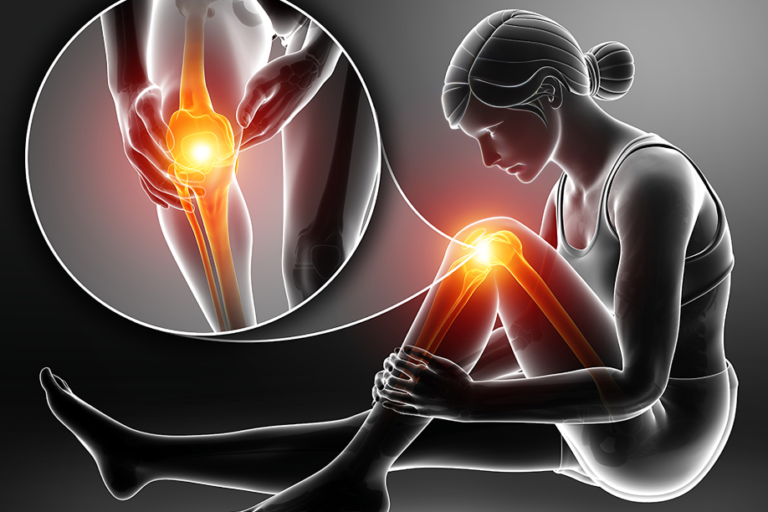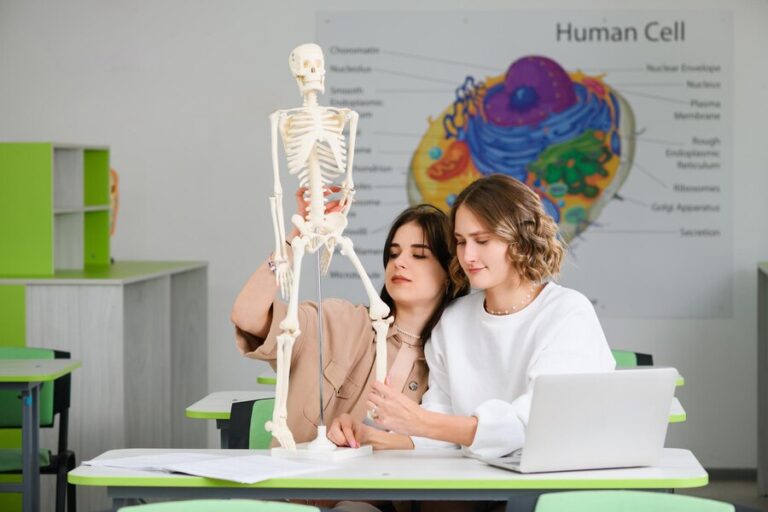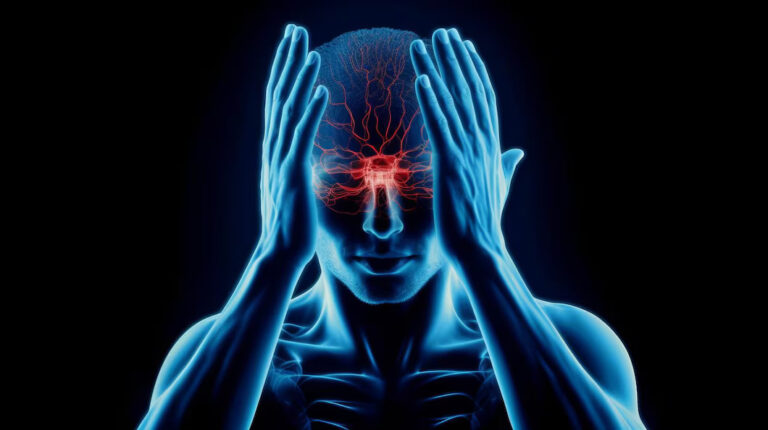The Causes Of Sciatica: Understanding The Root Of The Problem
Sciatica is a widespread, often debilitating disease that affects millions of people worldwide—It is characterized by pain that radiates along the path of the sciatic nerve, which branches from your lower back through your hips and buttocks and down each leg, sciatica can significantly disrupt daily life. While the symptoms may vary from mild to severe, understanding the underlying causes of sciatica is crucial for effective treatment and long-term management.”Sciatica Pain Treatment in Shalimar Garden”
To Know More About It Please Click Here
Anatomy of Sciatica
To comprehend the causes of sciatica, it’s essential to grasp the anatomy involved. The sciatic nerve is the longest in your body, originating from several nerve roots in the lumbar spine (lower back). These nerve roots, specifically the L4, L5, S1, S2, and S3 nerve roots, converge to form the sciatic nerve, which then travels down the back of each leg. Any compression or irritation of these nerve roots or the sciatic nerve itself can lead to the characteristic symptoms of sciatica.
Common Causes
- Herniated Discs: One of the primary causes of sciatica is a herniated or slipped disc. Intervertebral discs act as cushions between the vertebrae in your spine, providing support and facilitating movement. When a disc herniates, the inner gel-like material protrudes outward, often pressing on the adjacent nerve roots, including those that form the sciatic nerve. This compression results in pain, numbness, and weakness along the affected nerve pathway.
- Spinal Stenosis: Spinal stenosis refers to the narrowing of the spinal canal, which can compress the nerve roots within the lumbar spine. This narrowing may occur due to age-related degeneration, bone spurs, or other structural abnormalities. As the nerve roots become pinched, the symptoms of sciatica can arise.
- Degenerative Disc Disease: With age, the intervertebral discs can undergo degenerative changes, such as loss of hydration and elasticity. This degeneration can lead to disc height reduction, decreased mobility, and the development of bone spurs, all of which contribute to nerve compression and sciatic pain.
- Spondylolisthesis: occurs when a vertebra slips forward over the vertebra below it. This displacement can compress the nerve roots exiting the spine, causing sciatic symptoms. Spondylolisthesis may result from congenital abnormalities, trauma, or degenerative changes in the spine.
- Piriformis Syndrome: The piriformis muscle, located in the buttocks, plays a role in hip rotation and stability. In some individuals, the sciatic nerve passes through or under the piriformis muscle. If the muscle becomes tight or inflamed, it can compress the sciatic nerve, leading to symptoms similar to those of sciatica.
- Trauma or Injury: Acute trauma or injury to the lower back, such as a fall or car accident, can cause herniated discs, fractures, or other spinal abnormalities that result in sciatica.
- Lifestyle Factors: Certain lifestyle habits, such as prolonged sitting, poor posture, and inadequate ergonomics, can contribute to the development or exacerbation of sciatica. These factors may increase pressure on the lumbar spine and compress the sciatic nerve over time.
Diagnosis and Treatment
Diagnosing the underlying cause of sciatica typically involves a combination of medical history, physical examination, and diagnostic imaging tests, such as X-rays, MRI scans, or CT scans.
- Conservative Measures: In many cases, sciatica can be effectively managed with conservative treatments, including rest, physical therapy, stretching exercises, and over-the-counter pain medications. These modalities aim to alleviate pain, improve mobility, and prevent recurrence.
- Medications: For more severe or persistent symptoms, healthcare providers may prescribe medications such as nonsteroidal anti-inflammatory drugs (NSAIDs), muscle relaxants, or oral steroids to reduce inflammation and alleviate pain.
- Injections: In some instances, corticosteroid injections may be recommended to deliver anti-inflammatory medication directly to the affected area, providing temporary relief from sciatic pain.
- Surgery: If conservative treatments fail to provide adequate relief or if there is evidence of severe nerve compression or neurological deficits, surgical intervention may be considered. Surgical options for sciatica include discectomy (removal of the herniated disc), laminectomy (removal of part of the vertebra to relieve pressure on the nerves), or spinal fusion (joining two or more vertebrae together).
Prevention
While certain risk factors for sciatica, such as age and genetics, are beyond our control, there are steps we can take to reduce the likelihood of developing this condition:
- Maintain a Healthy Weight: Excess weight can increase pressure on the spine and exacerbate sciatic symptoms. Maintaining a healthy weight through proper diet and regular exercise can help alleviate this pressure.
- Practice Good Posture: Avoiding prolonged periods of sitting or standing in one position and maintaining proper posture can reduce strain on the spine and prevent sciatica.
- Exercise Regularly: Engaging in regular exercise, particularly activities that strengthen the core muscles and promote flexibility, can help support the spine and reduce the risk of sciatic nerve compression.
- Use Proper Body Mechanics: When lifting heavy objects or performing repetitive tasks, use proper body mechanics to protect your spine from injury. Lift using your legs instead of your back, bend at the knees, and maintain a straight back.
Conclusion
Sciatica can significantly impact quality of life, but understanding the underlying causes of this condition is essential for effective treatment and prevention. Whether it stems from herniated discs, spinal stenosis, trauma, or other factors, addressing the root cause of sciatica through conservative measures, medication, or surgical intervention can provide relief and restore function. By adopting healthy lifestyle habits and practicing preventive measures, individuals can reduce their risk of developing sciatica and enjoy improved spinal health and mobility.”Sciatica Pain Treatment in Shalimar Garden”
Also, Follow us on Instagram







